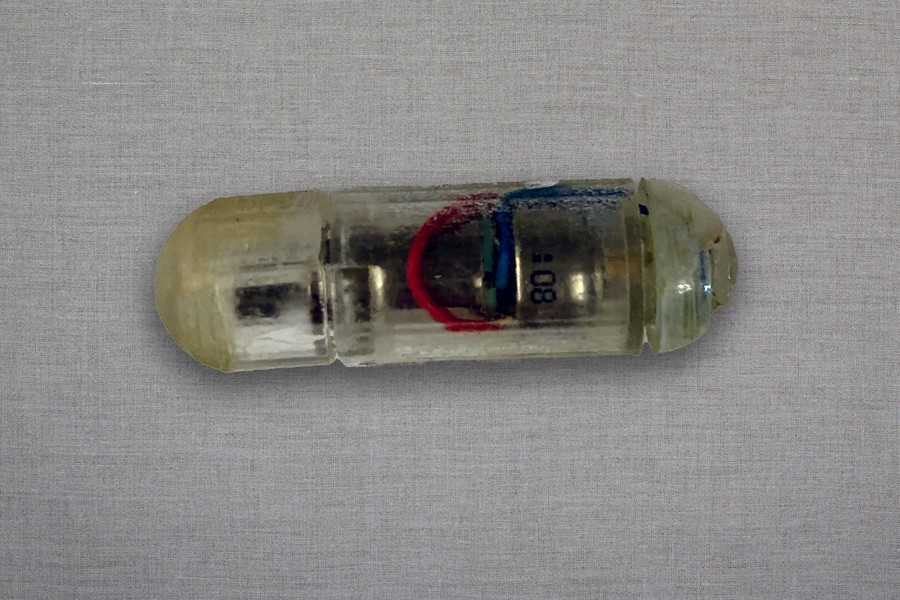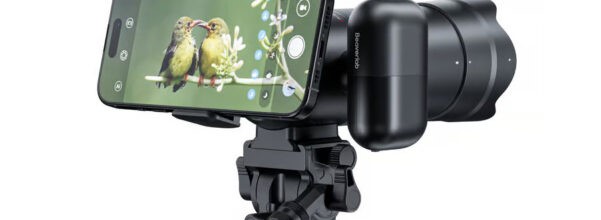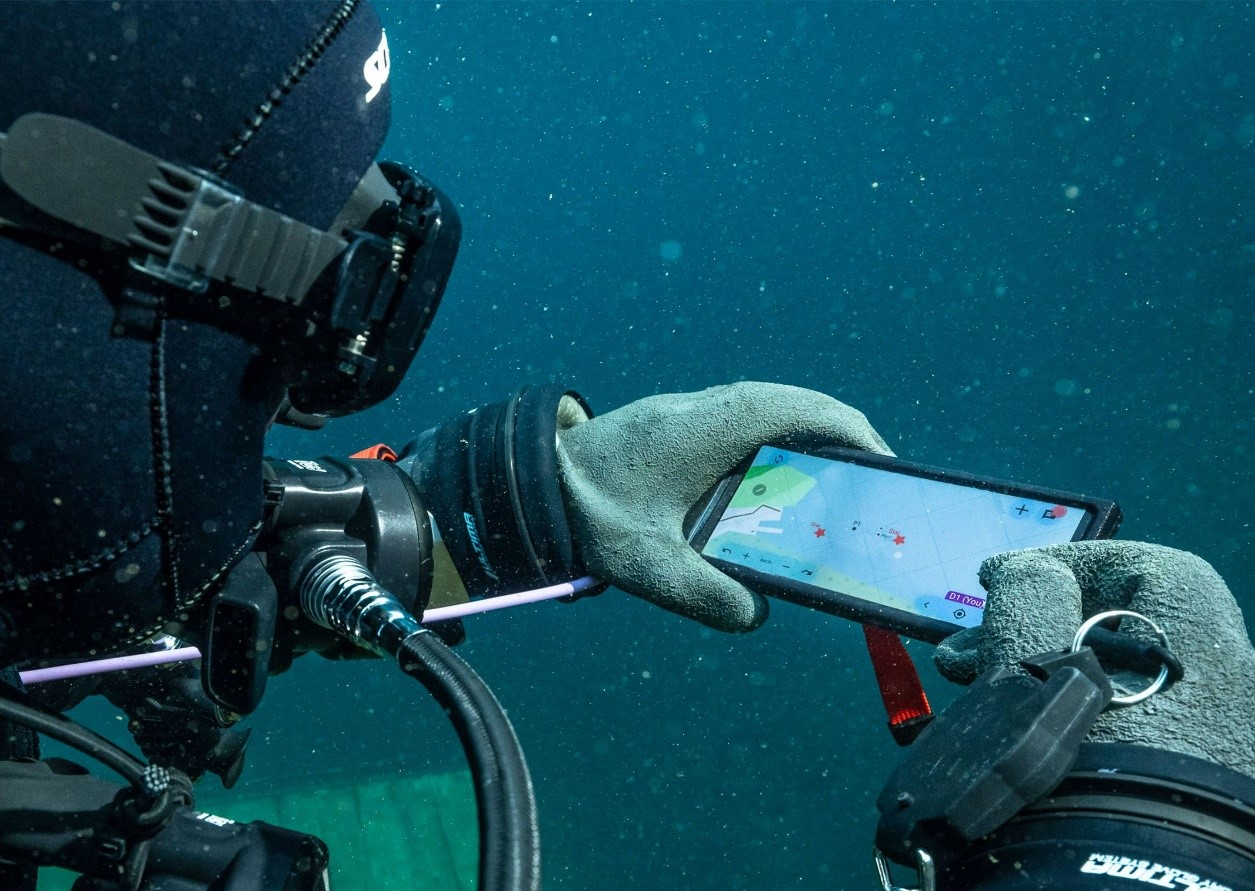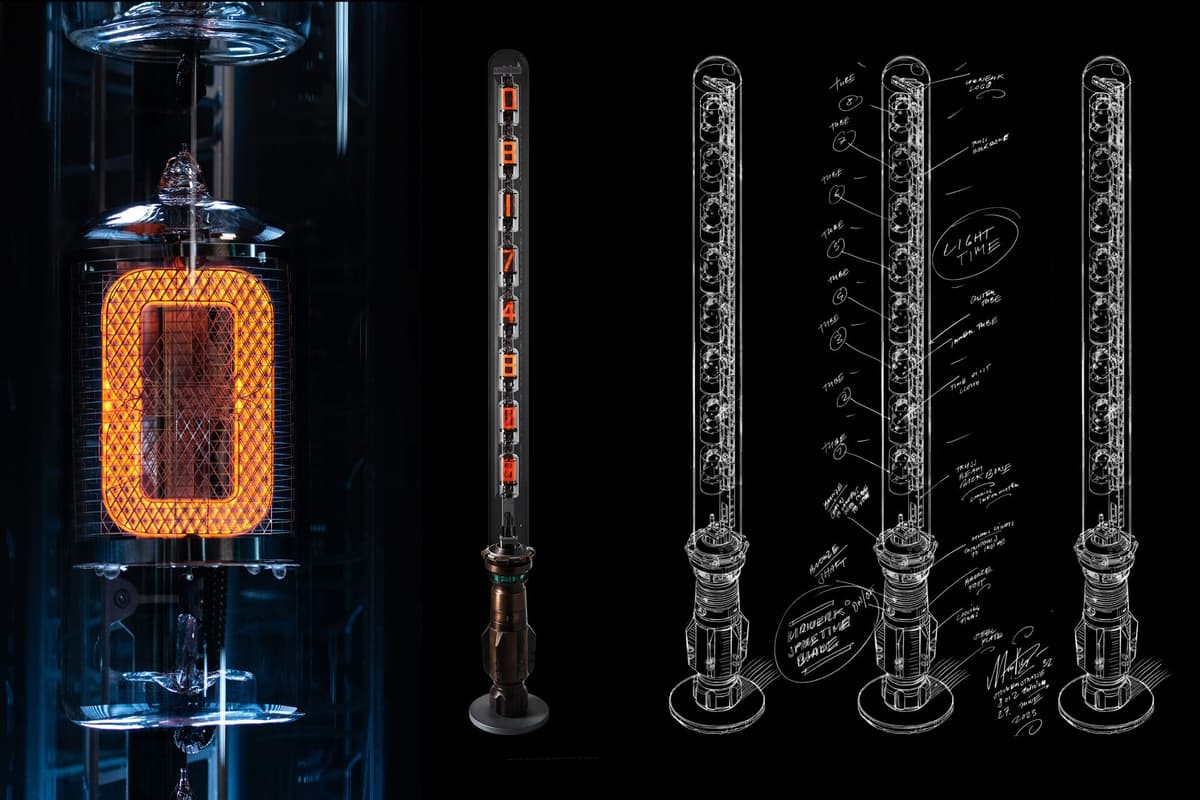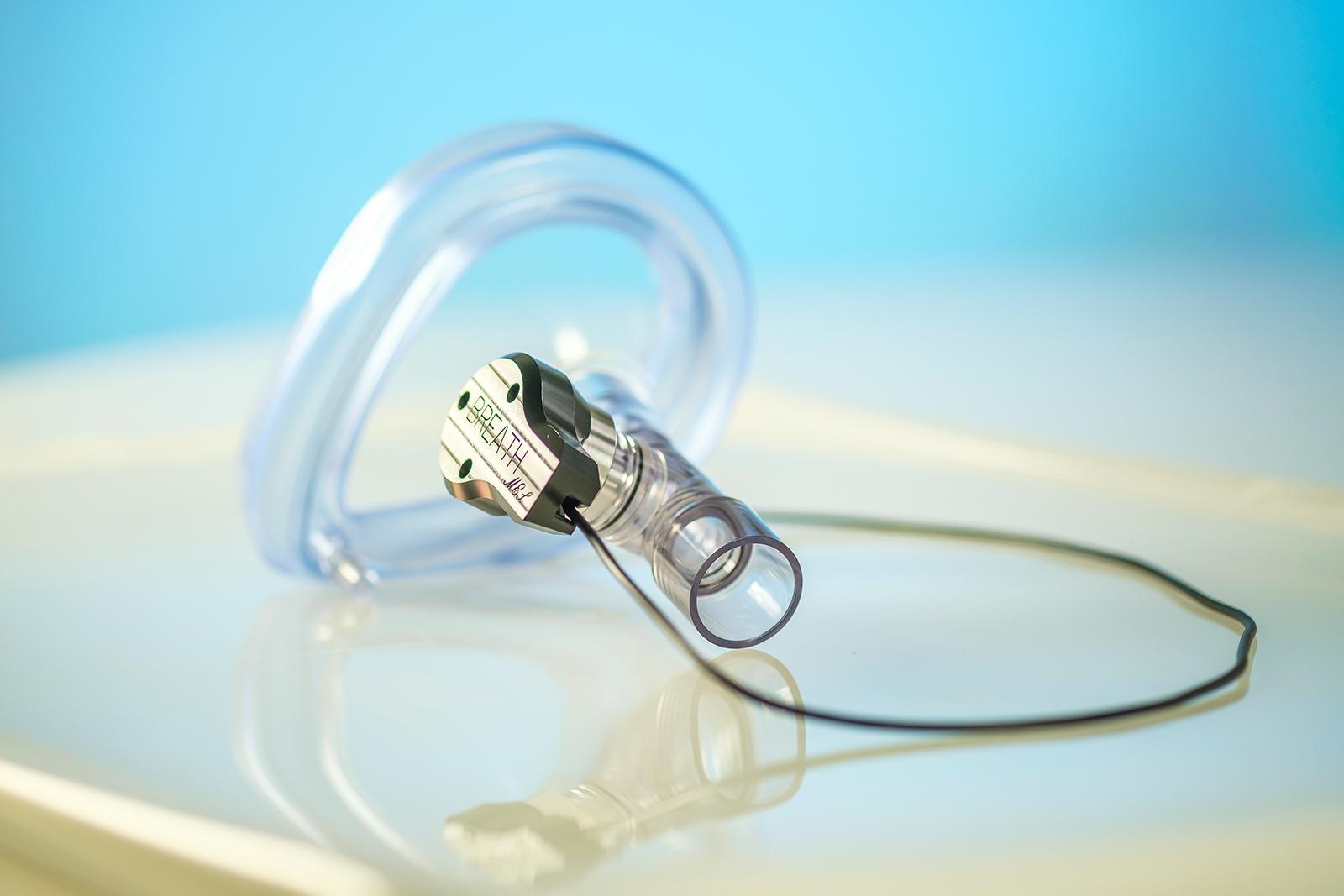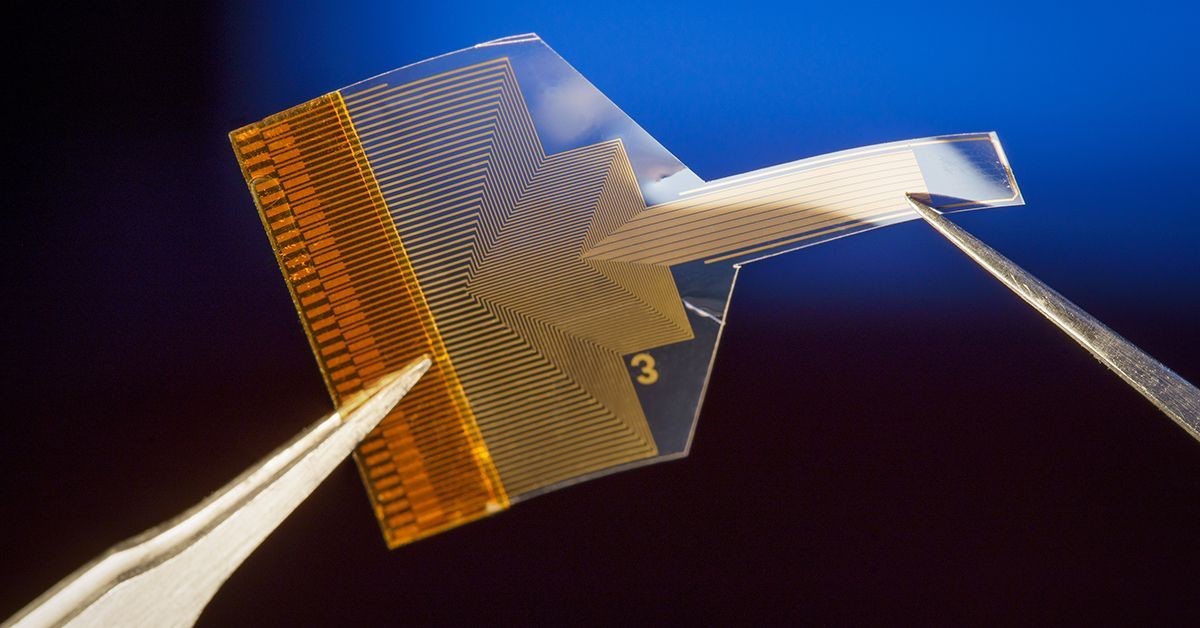Implantable Batteries Powered by The Body's Oxygen
From pacemakers to neurostimulators, implantable medical devices depend on batteries to maintain cardiac rhythm and alleviate pain. However, batteries inevitably deplete over time, necessitating invasive surgeries for replacement. To tackle these issues, Chinese researchers developed an implantable battery powered by oxygen within the body. Published in the journal Chem on March 27, the study demonstrates in rats that this proof-of-concept design can provide consistent power and is compatible with the biological system.

Figure 1. Implantable Batteries Powered by the Body's Oxygen.
Figure 1 shows Implantable Batteries Powered by the Body's Oxygen “When you consider it, oxygen is the essence of our existence," explains Xizheng Liu, the corresponding author and expert in energy materials and devices at Tianjin University of Technology. "By harnessing the perpetual oxygen supply within the body, we can eliminate the limitations imposed by finite materials in conventional batteries."
To create a secure and effective battery, the researchers utilized electrodes crafted from a sodium-based alloy and nanoporous gold. Nanoporous gold is a material characterized by pores thousands of times smaller than the width of a hair. Gold is renowned for its compatibility with biological systems, while sodium is a vital and prevalent element in the human body. These electrodes engage in chemical reactions with oxygen present in the body, generating electricity. To safeguard the battery, the researchers enclosed it in a soft and flexible porous polymer film.
Subsequently, the researchers surgically implanted the battery beneath the skin on the dorsal area of rats and assessed its electrical output. After a two-week period, they observed that the battery consistently generated voltages ranging from 1.3 V to 1.4 V, achieving a maximum power density of 2.6 µW/cm2. While the output is insufficient to fully power medical devices, the design demonstrates the feasibility of utilizing oxygen within the body as an energy source.[1]
Additionally, the team assessed inflammatory responses, metabolic alterations, and tissue regeneration surrounding the battery. The rats exhibited no observable inflammation. Byproducts generated from the battery's chemical reactions, such as sodium ions, hydroxide ions, and minimal amounts of hydrogen peroxide, were readily metabolized by the body and had no adverse effects on the kidneys and liver. Following implantation, the rats displayed successful healing, with complete regrowth of hair on their backs within four weeks. Unexpectedly, blood vessels also regenerated in the vicinity of the battery, much to the researchers' surprise.
"We were perplexed by the fluctuating electricity output immediately after implantation," states Liu. "It became apparent that we needed to allow sufficient time for the wound to heal, allowing for the regeneration of blood vessels around the battery to provide oxygen, before the battery could reliably deliver stable electricity. This discovery is unexpected and intriguing, suggesting that the battery could play a role in monitoring wound healing."[2]
Moving forward, the team intends to enhance the battery's energy output by investigating more efficient materials for the electrodes and refining the battery's structure and design. Liu highlighted that the battery's production scalability is straightforward, and selecting cost-effective materials could further reduce its price. Moreover, the team's battery could potentially serve other functions beyond powering medical devices.
Liu suggests, "Utilizing this oxygen-consuming battery around tumour cells could potentially starve cancers, as tumour cells are sensitive to oxygen levels. Additionally, converting the battery's energy into heat may offer a method to eradicate cancer cells. The battery holds promise not only as a novel energy source but also for potential biotherapies, presenting exciting prospects."
Reference:
- https://www.chemeurope.com/en/news/1183130/implantable-batteries-can-run-on-the-bodys-own-oxygen.html
- https://www.newscientist.com/article/2423217-implantable-battery-is-charged-up-by-the-bodys-oxygen-supply/
Cite this article:
Gokila G (2024), Implantable Batteries Powered by the Body's Oxygen, AnaTechMaz,pp. 249


